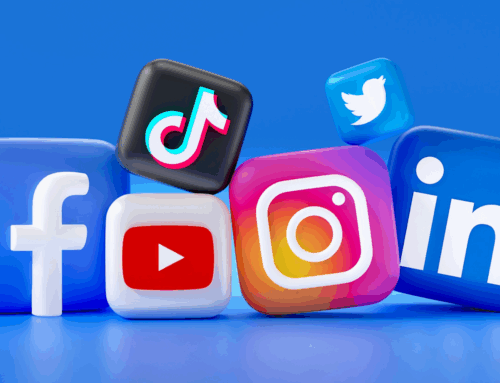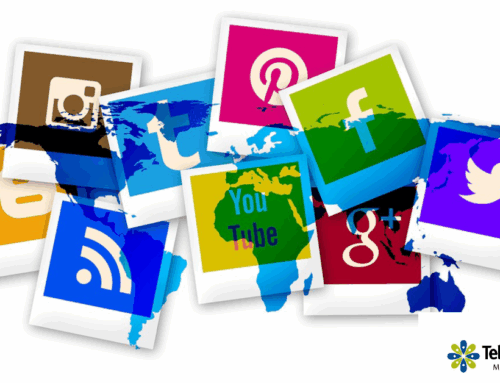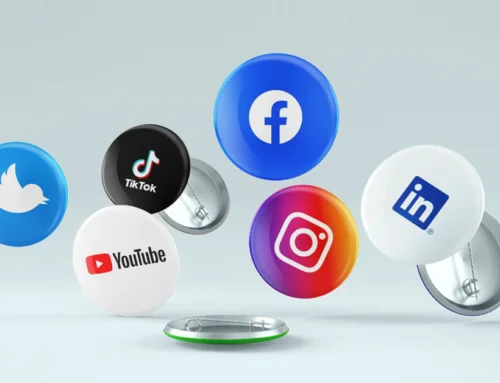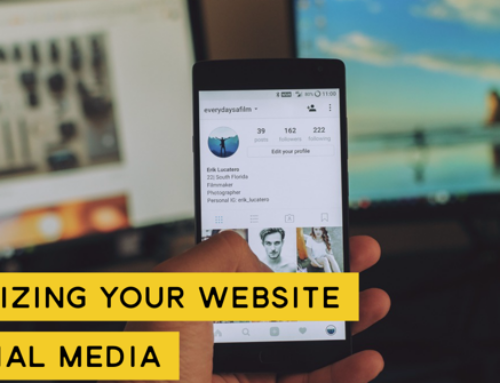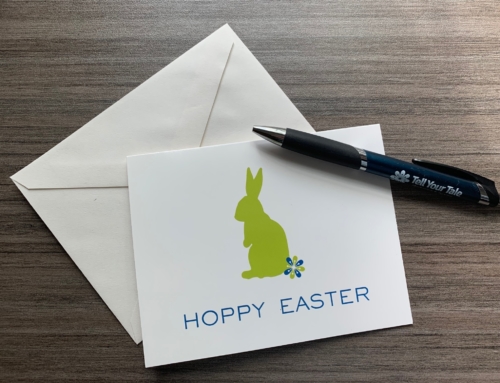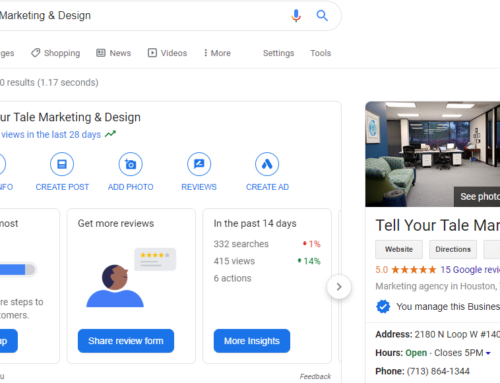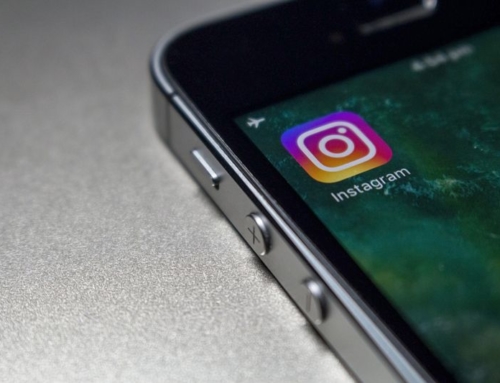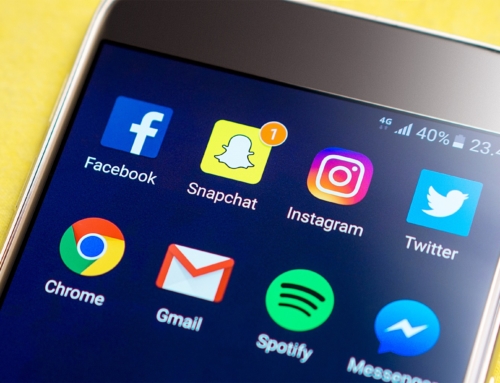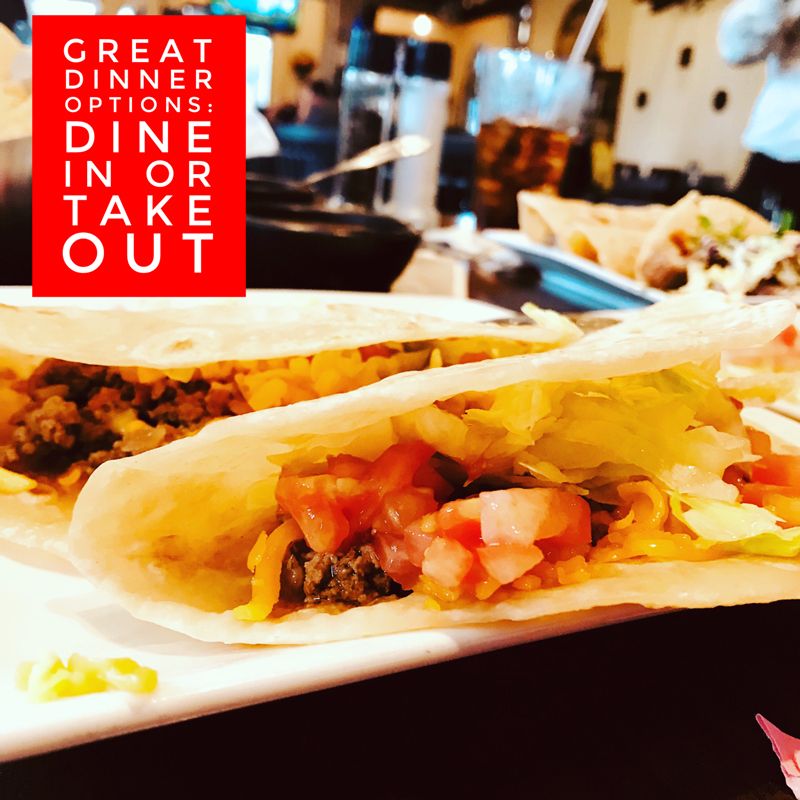
Strategic Social Media Drives Foot Traffic into Restaurants
As of 2017, 81 percent of Americans have a social media profile, representing a five percent growth compared to the previous year, according to Statista. Additionally, the number of worldwide social media users is expected to grow to some 2.5 billion by 2018.1 With this whopping number of potential buyers online, many of whom interact with their phones 13 X per hour or 200 X per day,2 social media puts low-cost marketing tools at restauranteurs’ fingertips. Used strategically, social media really can drive hungry customers into restaurants. Here’s how you can make a real impact with social media for restaurants.
Build your database of loyal customers so you can communicate with patrons how and when they wish to receive news. (While this post focuses on growing your social media fans and followers, similar efforts should be executed in the realm of email as well.) Posting promotions within an hour of lunch time often proves effective on generating a strong lunch crowd. For dinner, restaurants seem to be the most effective with posting dinner promotions close to 5 pm, giving people time to return home from work and discuss with family and friends where to head for dinner.
Posting alone to social media isn’t enough. Benchmarking is critical. How many fans on Facebook do you want to aim for, in which time period? How many fans do you have now and how does this compare to industry benchmarks? Be sure to look beyond likes and followers since the latest estimates show that between one percent and three percent of Facebook posts show up in your followers’ newsfeeds (not including advertising). Engaging people through social media allows restaurants to spread their messages efficiently, thanks to social media users who evangelize about restaurant brands. Engagement on Facebook refers to the number of people that your post reached who in turn liked, commented, shared or clicked on a specific post. Each time your post is shared with someone else’s group of friends, you’re reaching more prospects who are likely to trust a referral from someone they know.
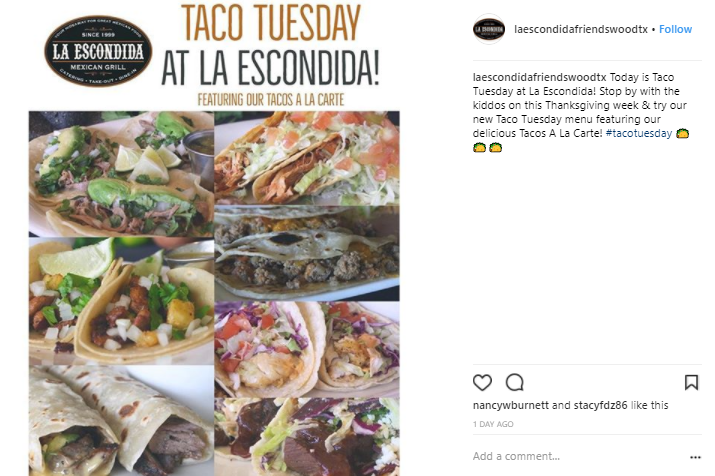 Facebook is not the only channel to embrace though. Since restaurants’ products (food and drinks) are so visual, Instagram is another social media channel to use. As the expression goes, “a picture is worth a thousand words.” Instagram attracts users who tend to be slightly younger than the traditional, avid Facebook user. Using both Facebook and Instagram promotes your content across multiple channels and to different audiences. For those who use both social media channels, don’t fret. Prospects who see your message multiple times and through various mediums are more inclined to remember your restaurant’s message.
Facebook is not the only channel to embrace though. Since restaurants’ products (food and drinks) are so visual, Instagram is another social media channel to use. As the expression goes, “a picture is worth a thousand words.” Instagram attracts users who tend to be slightly younger than the traditional, avid Facebook user. Using both Facebook and Instagram promotes your content across multiple channels and to different audiences. For those who use both social media channels, don’t fret. Prospects who see your message multiple times and through various mediums are more inclined to remember your restaurant’s message.
If your restaurant has more than 1 location, segment your customers and deliver location-specific promotions through location-specific social media accounts that link back to your website. For example, residents in Missouri City, Texas (a Houston suburb) may not care about a drink special at a Friendswood, Texas (another Houston suburb) restaurant. However, promoting the same drink special on the Missouri City-specific Facebook and Instagram accounts can garner strong local support. This geography filter allows you to:
- Target current customers, who are already connected to you on social media (nurture those relationships!) and who may bring friends/prospects with them
- Direct offers to new prospects who aren’t currently following you on Facebook, using Facebook boosts. By setting up the boosted post to show Facebook users within a specific radius from your restaurant, you’re able to cast your net further to previously untouched prospects.
How Far Will Your Customers Travel?
The distance to your restaurant is an important factor to remember when promoting through social media. According to a report from Access Development surveying 2,131 U.S. consumers between June 15 and August 18, 2016, “Some 92% of urban consumers say they typically travel 15 minutes or less to make everyday purchases.” For casual dining, consumers in urban areas tend to travel up to 11.45 minutes.3 This is certainly an important statistic to keep in mind when planning the geography filter for your social media advertising.
Is Your Outreach Timely & Relevant?
Grow sales through timely or seasonal offers that drive foot traffic. Depending on the style of food you serve, there are numerous opportunities to promote special holidays—from a weekly Taco Tuesday to National Eat Italian Food Day (February 13, for those interested). Offers such as these allow restaurants to have some creative fun to cut through the clutter.

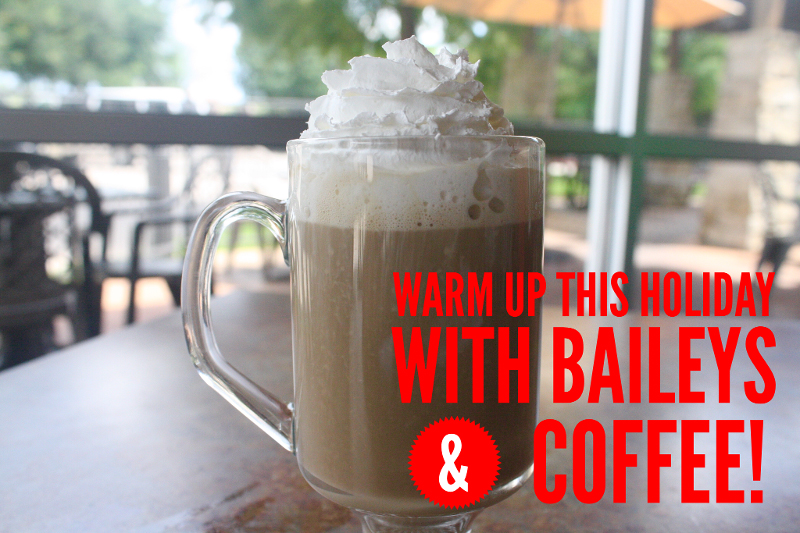 Seasonality also plays a part in weather-related offers. While margarita specials sound great in the heat of the summer, a Baileys and coffee drink special is sure to warm up patrons during the Christmas holidays. Consider this type of seasonal promotion to attract customers with food and drinks that are attractive in that specific season. In addition to the likes that your posts get, track sales in the restaurant to determine if seasonal drink specials or simple drink publicity on social media influences the number sold.
Seasonality also plays a part in weather-related offers. While margarita specials sound great in the heat of the summer, a Baileys and coffee drink special is sure to warm up patrons during the Christmas holidays. Consider this type of seasonal promotion to attract customers with food and drinks that are attractive in that specific season. In addition to the likes that your posts get, track sales in the restaurant to determine if seasonal drink specials or simple drink publicity on social media influences the number sold.
You Got ‘Em with the Coupon
Even regular customers are making decisions between your restaurant and another down the street. Coupons can be just the trigger to pull patrons into your restaurant, where they’ll take advantage of the special offer and buy more. Consider coupons to drive hungry customers into your restaurant at times that are typically slower. In many cases, you can offer a free or discounted appetizer with the bet that patrons will be willing to pay for drinks and entrees. After a pleasant experience with tasty food and drinks, these customers who initially were motivated by a coupon hopefully turn into repeat customers. Measuring the coupon redemption and customer loyalty numbers are good metrics to monitor weekly or monthly.
For example, La Escondida Mexican Grill in Texas has given new email subscribers one free queso appetizer. Promoted through social media, the offer not only helps the restaurant expand its email lists, but it also draws customers into the restaurant to redeem the coupon, typically followed by additional drink and entrée purchases.
Listen Twice as Much as You Speak
In social media, listening to your followers and fans is critical. Be sure to allocate time to respond to comments and messages on your social media accounts. Look and listen for fans’ feedback that can be incorporated into your planning process. Did a new food item get less than stellar reviews? Why? Is there an aspect of the recipe that needs to be tweaked, does the price need to be adjusted or should you position that dish to a different customer segment? Did you remove an item from your menu to the dismay of customers? Use social media to engage with your customers when and how it’s convenient for them.
A few more tips for marketing restaurants through social media:
- When promoting food or drinks, use photos of those menu items to entice patrons to come into the restaurant. Take that up a notch by using photos with happy patrons enjoying your food.
- Coupons are good tools to draw in customers but be sure to include an expiration date. This gives recipients a sense of urgency and helps you measure the effectiveness of the offer within specific timeframes.
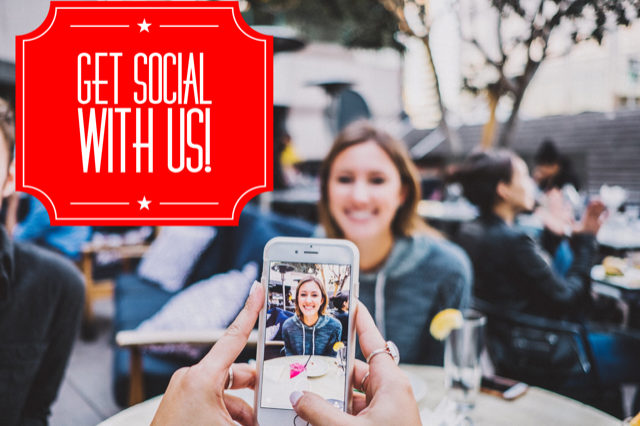 Encourage patrons to “check in” on Facebook and Instagram, posting photos of their favorite dishes while they’re visiting your location. Often a simple reminder on a table tent or sign at the entrance is all the encouragement visitors need.
Encourage patrons to “check in” on Facebook and Instagram, posting photos of their favorite dishes while they’re visiting your location. Often a simple reminder on a table tent or sign at the entrance is all the encouragement visitors need.
Try these tips for driving foot traffic into your restaurant and let us know how it works for you.
If you enjoyed this post, we invite you to read 5 Tips for Email Marketing for Restaurants.
Sources:


